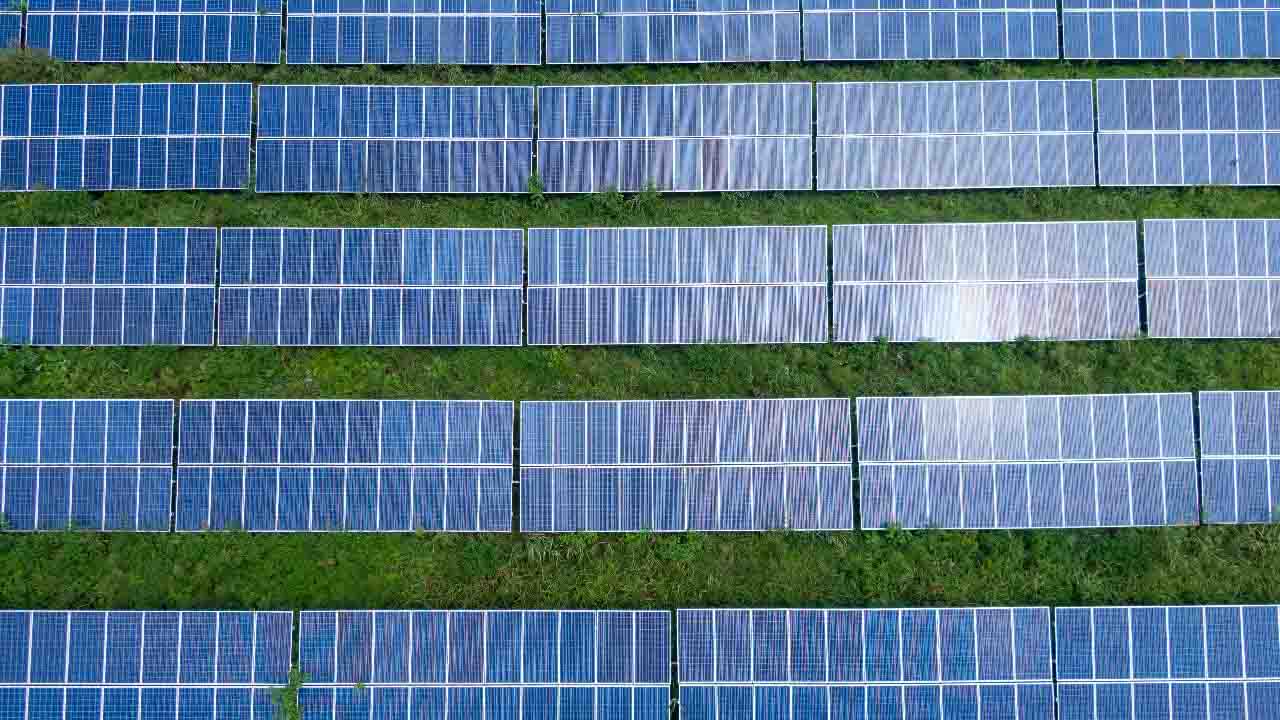Science & Technology, Singapore (Commonwealth Union) – A breakthrough in solar cell technology has emerged from the labs of the National University of Singapore (NUS). Scientists at NUS have pioneered a groundbreaking triple-junction perovskite/Si tandem solar cell, achieving a certified world-record power conversion efficiency of 27.1 percent over a 1 square centimeter solar energy absorption area. This achievement marks the pinnacle of performance for triple-junction perovskite/Si tandem solar cells to date.
Researchers of the study pointed out that central to this advancement is the development of a novel cyanate-integrated perovskite solar cell engineered by the team for stability and energy efficiency. Traditionally, solar cells are constructed in multiple layers, forming multi-junction solar cells to enhance efficiency. However, existing multi-junction solar cell technologies suffer from issues like energy loss, resulting in low voltage, and device instability during operation.
Addressing these challenges head-on, Assistant Professor Hou Yi, along with a team of scientists from NUS College of Design and Engineering (CDE) and the Solar Energy Research Institute of Singapore (SERIS), unveiled a groundbreaking integration of cyanate into a perovskite solar cell. This innovation has led to the development of a cutting-edge triple-junction perovskite/Si tandem solar cell, surpassing the performance of similar multi-junction solar cells. Assistant Professor Hou, a Presidential Young Professor at the Department of Chemical and Biomolecular Engineering within CDE and a Group Leader at SERIS, stands at the forefront of this remarkable achievement.
“Remarkably, after 15 years of ongoing research in the field of perovskite-based solar cells, this work constitutes the first experimental evidence for the inclusion of cyanate into perovskites to boost the stability of its structure and improve power conversion efficiency,” explained Assistant Professor Hou.
The procedure applied by the researchers to bring about this key discovery appeared in the journal Nature on the 4th of March 2024.
The researchers pointed out that energy range achievable by perovskite structures is determined by the interactions among their components. Adjusting component proportions or finding substitutes can alter this range. However, prior research has not yet yielded a perovskite recipe with both an ultrawide energy range and high efficiency.
In a recent study, the NUS team investigated cyanate, a novel pseudohalide, as a substitute for bromide—a common halide ion in perovskites. Dr. Liu Shunchang, a Research Fellow in Asst Prof Hou’s team, employed various analytical methods to confirm cyanate’s successful integration into the perovskite structure, resulting in the fabrication of cyanate-integrated perovskite solar cells.
Prior studies have demonstrated that solar cell film that was produced from perovskite has been shown to absorb energy more efficiently and is more economical to produce.
Analyzing the new perovskite’s atomic structure provided experimental evidence for the first time that cyanate incorporation stabilized its structure and facilitated crucial interactions within the perovskite, demonstrating its potential as a halide substitute in perovskite-based solar cells.
Performance assessment revealed that perovskite solar cells incorporating cyanate achieved a higher voltage of 1.422 volts compared to 1.357 volts for conventional ones, with a notable reduction in energy loss.
Furthermore, the researchers subjected the newly engineered perovskite solar cell to continuous operation at maximum power for 300 hours under controlled conditions. After the test period, the solar cell remained stable, functioning at over 96% capacity.
Buoyed by the remarkable performance of cyanate-integrated perovskite solar cells, the NUS team advanced their discovery by integrating them into a triple-junction perovskite/Si tandem solar cell. This was carried out by stacking a perovskite solar cell and a silicon solar cell to form a dual-junction half-cell, which gave an optimal base for attaching the cyanate-integrated perovskite solar cell.
Once assembled, the researchers demonstrated that despite the complex structure of the triple-junction perovskite/Si tandem solar cell, it remained stable and achieved a certified world-record efficiency of 27.1%, validated by an accredited independent photovoltaic calibration laboratory.
“Collectively, these advancements offer ground-breaking insights into mitigating energy loss in perovskite solar cells and set a new course for the further development of perovskite-based triple junction solar technology,” added Assistant Professor Hou.
The theoretical efficiency of triple-junction perovskite/Si tandem solar cells surpasses 50 percent, indicating substantial potential for further improvements, particularly in scenarios with constrained installation space.
Moving ahead, the NUS team endeavors to scale up this technology to larger modules while maintaining both efficiency and stability. Subsequent research will prioritize innovations in perovskite interfaces and composition, recognized by the team as crucial avenues to propel this technology forward.








